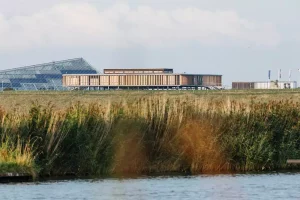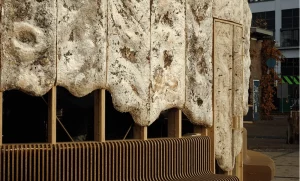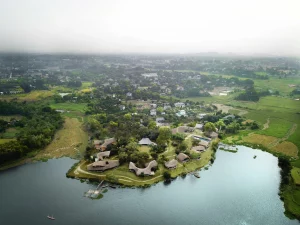We often see neighborhood parks as gifts to city residents, offering a breath of fresh air in the urban jungle. But let’s flip that perspective for a moment. What if it’s the parks that need us to bring them to life? This view aligns more with reality because parks thrive or fail based on how much people engage with them. And, what is it that parks need to get that engagement?
In traditional city planning, open spaces are often treated like sacred objects, almost worshipped without much thought. You’ll hear housing developers and urban planners point out more open space as the key improvement in new neighborhoods. Yet, simply adding open spaces doesn’t ensure any kind of success. What’s the point of more open space if people don’t actually use it?
Successful city parks share four key characteristics that make them vibrant and well-loved spaces. These parks are designed with intricacy, offering detailed and engaging features; they have a sense of centring, providing a focal point that draws people in; they ensure plenty of sun, making the space inviting and warm; and they provide a sense of enclosure, creating a comfortable and safe environment. Now lets dive a little deeper into each one of them.
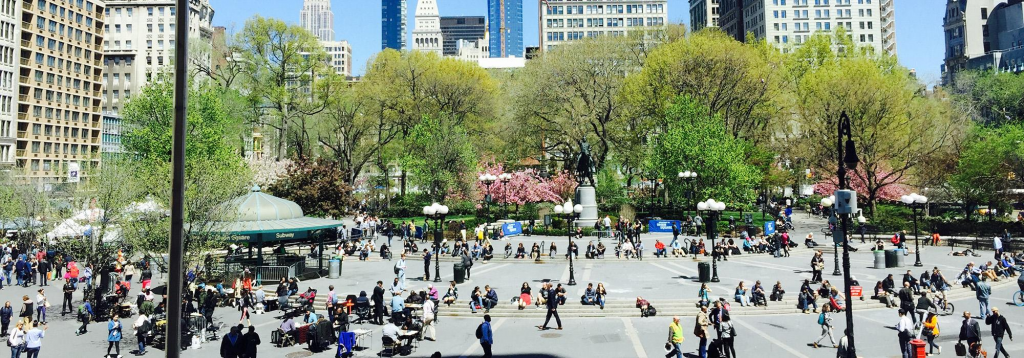
Intricacy is crucial for a successful city park, offering diverse experiences that keep people coming back. Whether you’re there to relax, play, or people-watch, a park should surprise you with new sights and activities. Parks like Washington Square in New York thrive because of their eye-level details: changing ground levels, tree groupings, and inviting focal points. But it’s not just about design—what surrounds the park matters too. A mix of nearby businesses, homes, and shops ensures the park is bustling all day. If it’s only surrounded by buildings of the same sort, like all offices or all schools, it will be lifeless after hours and on weekends, repelling visitors and risking failure. A vibrant park needs a lively, varied community to truly flourish.
Probably the most important element in intricacy is centring, providing a focal point that draws people in. Great parks often have a clear centre, like a main crossroads or a gathering spot, where activity naturally converges. Some parks are all about their centre, with intricate details around the edges. Without a central hub, parks can feel monotonous, like the Sara Delano Roosevelt Park in New York, which stretches out identically with no real focal point, making it feel like a treadmill walk. In contrast, the fountain basin in New York’s Washington Square is a perfect example of a vibrant centre. Originally an ornamental fountain, it’s now a dynamic circular arena where everyone is both a spectator and a performer. Guitar players, dancers, sunbathers, and children all gather here, creating a lively and engaging atmosphere. A well-designed centre transforms a park into a communal space where diverse activities and interactions can flourish.
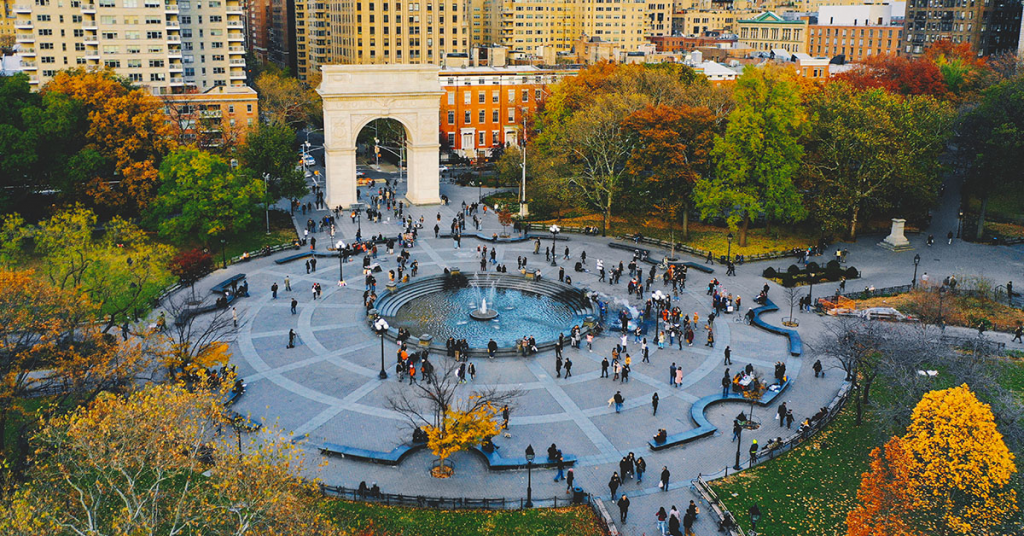
Sunlight is a vital ingredient for a thriving city park, drawing people in to enjoy its warmth and light. While shade is welcome in the summer, too much shadow can make a park feel unwelcoming. For instance, certain areas of Central Park near tall buildings can feel perpetually shaded and are often less frequented as a result. Ensuring plenty of sunlight helps create inviting, lively spaces where people want to gather, relax, and enjoy the outdoors.
Although buildings should not cut sun from a park, the presence of buildings around a park is important in design because they enclose it, they give a sense of definition and importance. Buildings shape the park into a distinct, inviting space rather than a leftover patch of land. When a park is well-enclosed by surrounding structures, it becomes a focal point in the cityscape, a positive feature that draws people in. In contrast, parks that feel like indefinite, leftover spaces tend to repel visitors. You can see this in action around many housing projects, where people instinctively avoid the undefined, oozing land and even cross the street to get away from it. A well-enclosed park, however, feels intentional and welcoming, encouraging people to enter and enjoy the space.

It’s clear that successful city parks are not just about having open space; they’re about creating environments that draw people in and keep them coming back. Intricacy, centring, sunlight, and enclosure are the key characteristics that transform a park from a lifeless plot of land into a vibrant community hub. As you think about the parks in your city, consider how these elements come into play. Are the parks intricate and engaging? Do they have inviting focal points? Is there plenty of sunlight? Are they well-enclosed by a mix of buildings that keep them lively at all times? By reflecting on these criteria, we can better understand what makes a city park truly successful and push for spaces that bring our communities to life.

